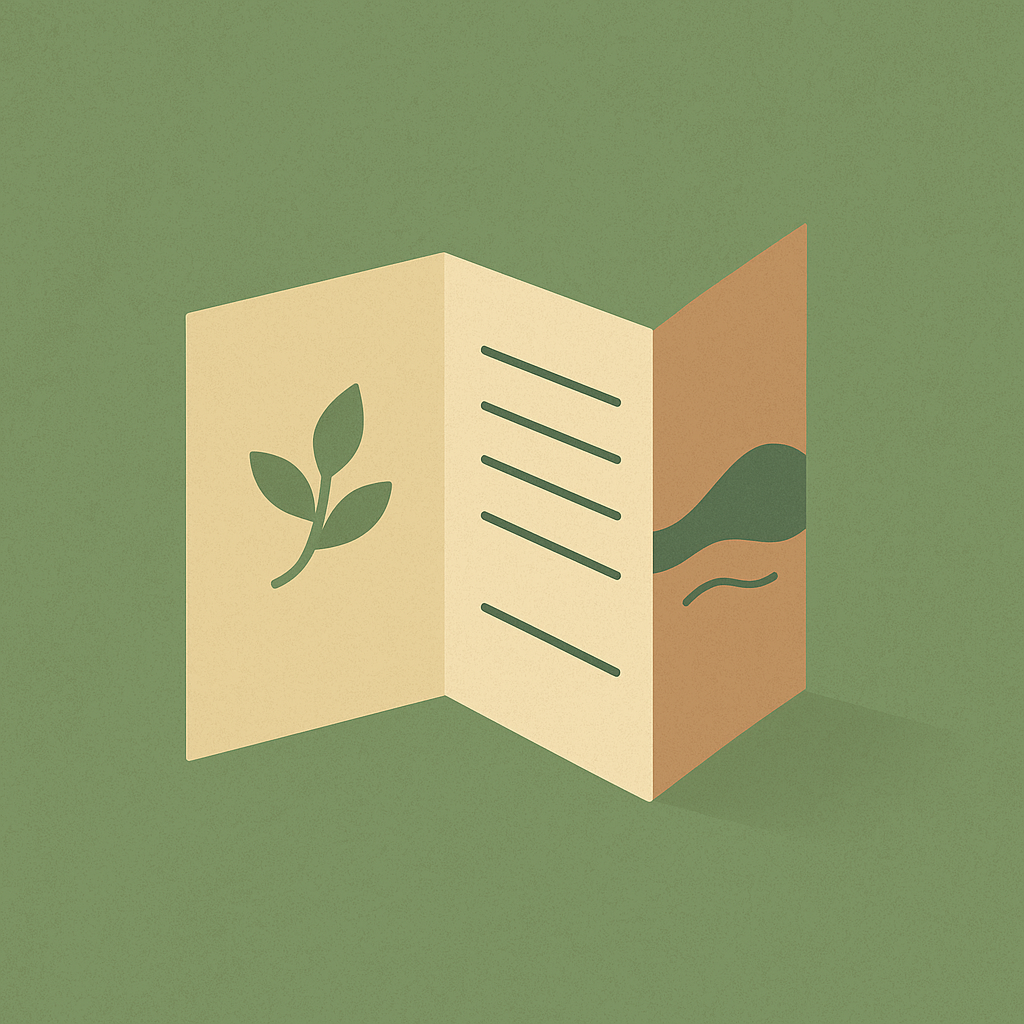A Lightweight Google Sites Portfolio Template
Portfolios are one of the most effective ways to show what you can do but building one can feel overwhelming. Should you buy a domain, learn a web builder, or upload PDFs to Dropbox? It’s easy to stall before you even start.
This Google Sites format is designed as a lightweight starting point. It provides a clean structure, clear categories, and simple navigation. Start by adding a few projects, then expand over time.
I built it using the same MVP approach I wrote about in this post on building a lean Google Site. That philosophy – start simple, publish early, improve iteratively – applies just as well to portfolios as it does to course sites.
While my example is rooted in technical communication, the framework works just as well for writers, designers, educators, or anyone who needs a place to showcase practical work.
Audience & Context
This template is for people who:
Need a portfolio for job applications, freelance work, or career changes.
Don’t want to get stuck in design details or tool choices.
Want a system that’s free, simple, and expandable.
The context: You don’t need a polished “forever site” to get started. You need a space that’s easy to maintain, easy to share, and flexible enough to grow with you. Google Sites checks those boxes.
The Problem
Portfolios often get derailed for three reasons:
Too many tools. Should you use WordPress, Wix, Squarespace, Notion, or Figma? Choosing a platform can be a project in itself.
Intimidation factor. Starting with a blank canvas makes it hard to imagine what “good” looks like.
Scope creep. Instead of highlighting a few strong projects, people try to document everything — and then never finish.
This template trims away those decisions. It gives you just enough structure to get started and nothing that requires advanced design skills.
Tools
Google Sites → free, simple, integrates easily with other Google tools.
Google Drive→ store and share your project artifacts, whether they’re Docs, PDFs, slides, or videos.
Illustrations → visuals or screenshots to make your project pages feel polished.
That’s all you need. No plugins, no hosting, no extra accounts.
The Template
Here’s how the site is structured (keep in mind it’s for technical writers):
Homepage → Your name, a short intro, and 1–2 featured projects with images and links.
Projects → Organized into four categories:
Instructions & How-Tos → step-by-step guides and quick-start manuals
Proposals & Reports → problem-solving and recommendation documents
Design & Usability → document redesigns and usability-focused work
Reflections → short pieces highlighting growth, responsibility, and awareness as a communicator
About → A short bio and (optional) résumé link.
Contact → Simple contact options (email, LinkedIn, or a form).
Artifacts can be stored in Google Drive as Documents, PDFs, slides, videos, or any other preferred format. You can embed them directly on a page or link to them with a button. This gives you flexibility: start with what you already have and refine the presentation later.
Each project is displayed as a simple “card” with an image, a short description (1–2 sentences), and a button that opens the full artifact.
Outcome
Here’s the published example you can explore. Use it as a model for your own portfolio.
Recreate the structure in Google Sites (or another tool) and swap in your projects. The categories, page layout, and project cards are there to give you a starting point, not a prescription.
The point isn’t perfection. It’s having a live portfolio you can share with employers, clients, or peers, even if you only start with one or two strong projects.
What I’d Do Differently
Google Sites is intentionally simple, which comes with tradeoffs:
Limited design flexibility (fonts, layouts, and branding options are basic).
No built-in way to force a “make a copy” template like Docs/Slides.
Navigation can feel plain compared to custom-built sites.
Even so, I’d use it again as a first step. A portfolio doesn’t need to be a showpiece; it needs to be real, shareable, and done. Once you outgrow this version, you’ll have artifacts ready to migrate into whatever platform you choose next.


